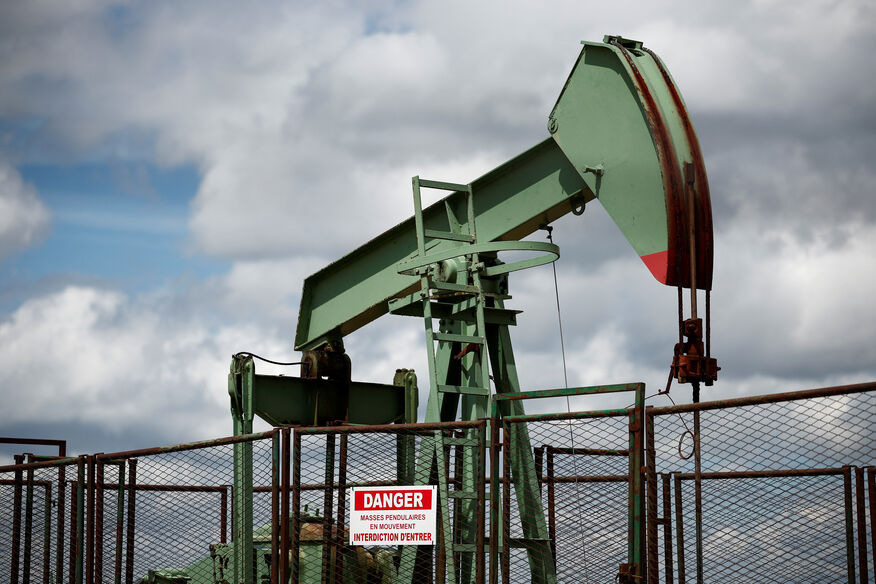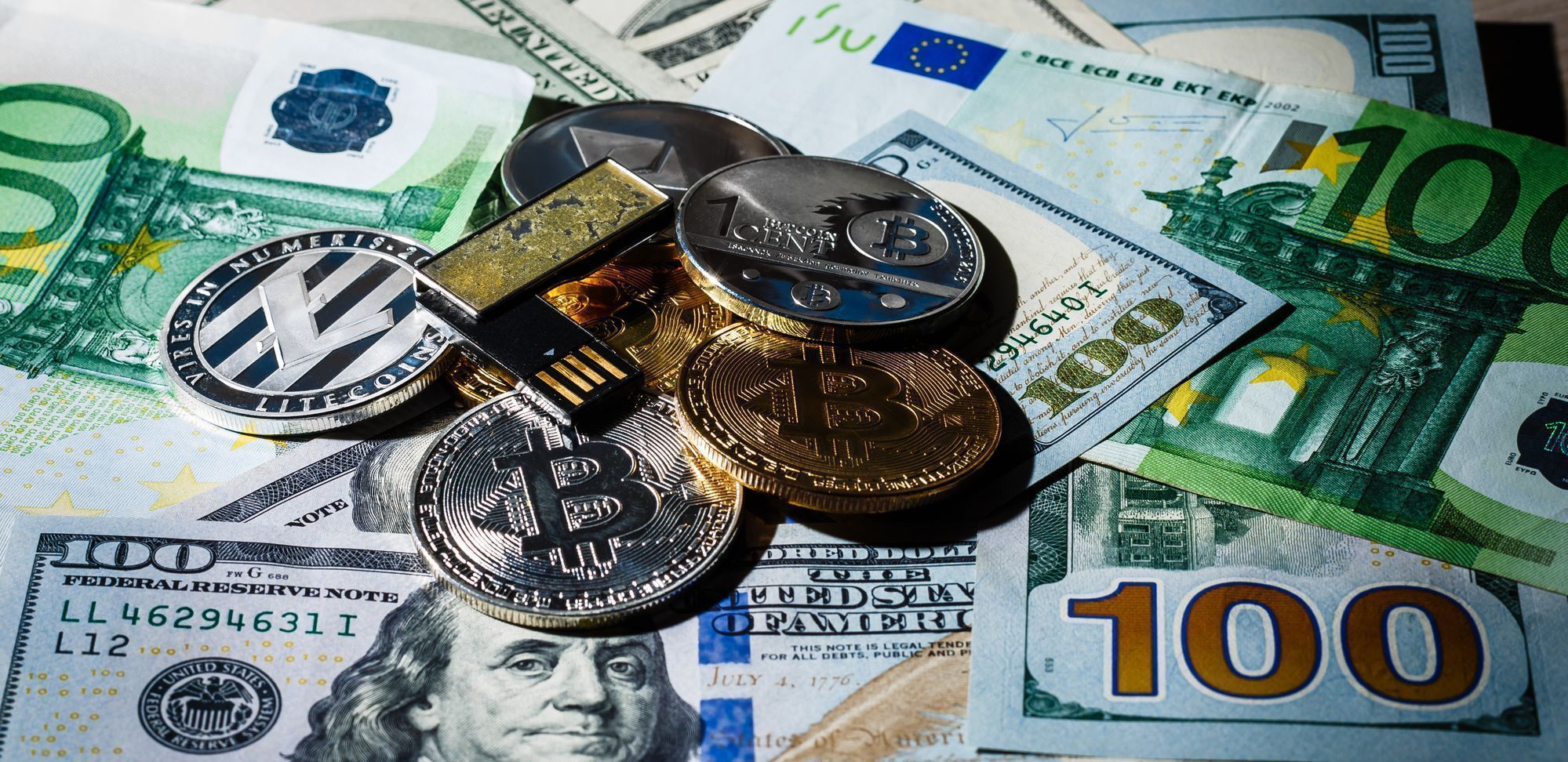OPEC+ plans to increase oil production by 548,000 barrels per day in September

OPEC has reached a preliminary agreement to raise oil production by 548,000 barrels per day starting in September, according to Bloomberg.
The plan is expected to be formally approved when the alliance meets virtually on Sunday. This increase is the final piece in reversing the 2.2 million bpd cut that eight of its members had implemented last year.
It also includes an additional production bump specifically for the United Arab Emirates, which is getting phased in separately.
The decision marks the continuation of OPEC’s clear pivot away from supporting prices to pumping more barrels into a market still digesting economic shocks and political pressure.
This follows a string of aggressive supply increases that began back in April, right after President Donald Trump triggered market volatility with his “Liberation Day” trade tariff push.
Oil futures had dropped to their lowest levels in four years following that announcement, and OPEC responded by speeding up its existing timeline to unwind cuts.
Accelerated production reversal deepens global supply concerns
By July, the group had already advanced its monthly production hikes, and now this planned 548,000 bpd addition for September will fully undo last year’s supply cut. But even as this round gets wrapped up, markets are already eyeing the next wave of withheld oil.
There’s still 1.66 million bpd of output that remains formally shut in until the end of 2026, and traders are betting that could be brought back earlier if current trends hold.
For now, more oil is on the way. And the consequences are being felt. On Friday, Brent crude dropped $2.03 to $69.67 per barrel, while West Texas Intermediate fell $1.93 to $67.33, as fears of additional supply combined with weak U.S. economic data.
That data came from the Labor Department, which reported the country only added 73,000 jobs in July, well below expectations. The unemployment rate ticked up to 4.2% from 4.1%. These numbers rattled investors already worried about softening demand.
Despite the price drop, oil still gained for the week. Brent finished up nearly 6%, and WTI climbed 6.29%, thanks to strong summer demand. But that might not last long. Analysts are already warning about the possibility of a global surplus later this year. More barrels from OPEC , combined with cooling economies, could tip the market back into oversupply.
Gas prices are already falling. Benchmark retail gasoline prices in the U.S. dipped in July, and this fresh OPEC move could keep them sliding. That’s a short-term win for consumers, and politically convenient for Trump, who’s been hammering the Federal Reserve to cut interest rates.
Russia and Saudi Arabia reinforce OPEC alliance amid tensions
At the same time, Trump’s team is threatening to impose secondary sanctions on any country that continues to import Russian crude unless there’s a ceasefire in Ukraine. That threat could disrupt flows and push prices back up, the exact opposite of Trump’s goal to keep energy costs down.
To avoid fractures inside OPEC , Russia’s Deputy Prime Minister Alexander Novak made a rare trip to Riyadh on Thursday, where he met with Saudi Energy Minister Prince Abdulaziz bin Salman. The two discussed energy cooperation between their countries, reinforcing their leadership within the nearly decade-old alliance.
That partnership will be key as OPEC navigates the next phase of production policy. While three people with direct knowledge of the group’s internal talks said the 548,000 bpd figure is likely to be locked in this weekend, one person said the final volume is still being debated and could end up slightly lower.
What’s clear is that OPEC is moving quickly. After years of defending prices, the group is now focused on reclaiming market share, even if that risks another supply glut. With demand looking shaky and politics heating up, the next few months could decide how long this aggressive production strategy holds.
Your crypto news deserves attention - KEY Difference Wire puts you on 250 top sites







